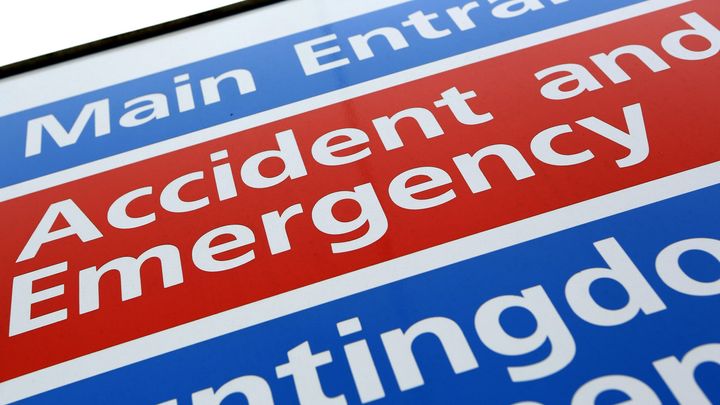
The NHS could be about to scrap its target to see A&E patients within four hours under controversial new proposals.
NHS England revealed on Monday that it would be trialling new measures in emergency departments in a bid to prevent “tens of thousands” of unnecessary hospital admissions each year.
But what are the new targets – and what will they mean for patients?
What are the current targets?
Under NHS guidelines, A&E departments must see 95% of patients within four hours. However, this target has not been met in almost four years – it was last successfully achieved in July 2015.
Meanwhile, January saw waiting targets reach their lowest levels since they were introduced in 2004, with just 84.4% of patients seen within four hours.
What are the new measures?

Under the proposals, the four hour waiting target could be scrapped to try and cut down the number of patients unnecessarily admitted to hospital, as medics desperately scrabble to meet the four-hour deadline.
Data shows that around a fifth of emergency hospital admissions currently occur in the last 10 minutes of the four-hour window.
Instead of focussing on whether a patient was seen within the target time, hospitals will instead record how long they spent in A&E.
“This could prevent tens of thousands of unnecessary hospital admissions each year by improving upon the current four hour ‘cliff edge’ target,” NHS England said.
When will it be introduced?
The new measures are being piloted this year, though the NHS has yet to announce where the trials will take place.
If the tests are successful, the new standards will be introduced from April 2020.
What do doctors think?
The four hour A&E waiting target is a pretty divisive topic within the medical community – as is the idea to drop it.
The NHS proposals have been welcomed by the College of Paramedics, who branded the current targets as outdated.
“Many of the targets relating to emergency care are 20 years old and do not reflect the evolving nature of how we care for patients,” said trustee Martin Berry.
“With an ever-growing emphasis on measuring quality of outcomes, rather than simplistic arbitrary time targets, it is right that they are reviewed.”
Meanwhile, Dr Ed Fitzgerald – a surgeon and lecturer at King’s College London – tweeted that the proposals were “not necessarily a bad move”.
“The four-hour wait served its purpose at the time but skewed clinical priorities and was often worked-around,” he wrote.
But others have urged more caution. The Royal College of Emergency Medicine said the four-hour targets must not be scrapped, but should instead be supported by other measures “that help understanding the causes of long waits and crowding in emergency departments”.
College president Dr Taj Hassan said: “While we are dismayed by many of the myths being pedalled around the four-hour standard, we are keen to ensure that any changes are not imposed due to political will but are developed responsibly, collaboratively and are based upon clinical expert consensus in the best interests of patients.”
What else is the NHS proposing?
Scrapping the current A&E target is just one suggestion in a series of changes being proposed.
NHS England is also set to pilot schemes which will see:
- People experiencing a mental health crisis seen within an hour of arriving in A&E
- New rapid assessment measures for A&E patients to ensure the sickest are treated first
- People with suspected cancer given a definitive diagnosis within 28 days of an urgent referral
